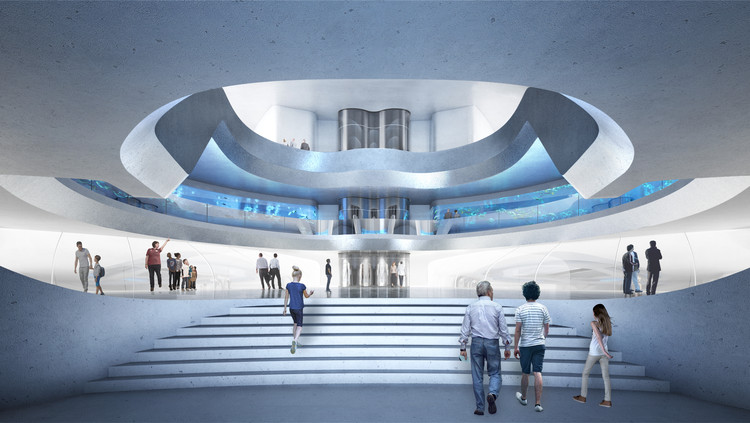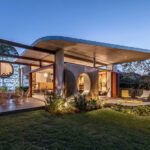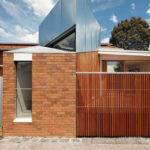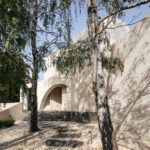
Australia is Building the World’s First Coral Conservation Facility
Contreras Earl Architecture has revealed its design for the world-first coral ark. Located at the gateway to the Great Barrier Reef in Port Douglas, North Queensland, Australia, the conservation facility “aims to secure the long-term future and biodiversity of corals worldwide which are under severe threat due to climate change”.
Dedicated to the future of corals worldwide, the Living Coral Biobank, designed by Contreras Earl Architecture, with leading engineering and sustainability consultants Arup and Werner Sobek for the Great Barrier Reef Legacy, is the first facility of its kind. Focusing on taking care of 800 species of the world’s hard corals, the new building is a “living ark”, with next-generation renewable energy design, creating optimal conditions for coral storage while minimizing energy consumption and solar gain.

Securing the living biodiversity of the world’s coral species immediately, the 6,830 sqm multi-function center will also host exhibition areas, an auditorium, and classrooms as well as advanced research and laboratory facilities over four levels. Commissioned by the Great Barrier Reef Legacy, the project responds to context, climate, the user, and its function to protect 800 species of coral. The volume, inspired by the mushroom coral, takes a series of organic undulating concrete fins, on the façade, “clustered closely at ground level to offer protection from adverse tropical conditions including threats of a flood”. On higher levels, the fins twist and unfurl, allowing natural light and ventilation while providing solar shading. On another hand, the visitor’s’ journey is defined by an architecturally manipulated play of light.

Responding to the need to conserve the corals in a highly controlled environment as well as the requirement for biosecurity to prevent cross-contamination, sustainability is at the core of every design decision, aiming to be self-sufficient and carbon neutral. In fact, the structure was divided into six compatible climate zones over four levels, with adjacencies minimizing energy resources used for climatic control.
written by : Christele Harrouk
11 November 2020
published in : archdaily.com
Last Posts

Chandon Australia by Foolscap Studio

LINA Architecture Platform Program

IN BED Armadale Store by Flack Studio

Host House by Splinter Society Architecture

Thomson House by C.Kairouz Architects

Hyde Park House / Robeson Architects






